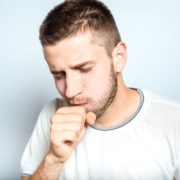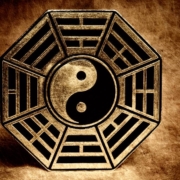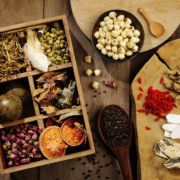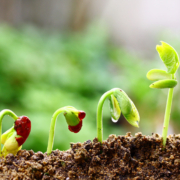Replenishing Emotional Resilience
The ability to have the depths of the world’s oceans with the flexibility of bamboo are two images that rushed to mind when I was recently asked about how to support and cultivate emotional resilience. In a world where we are constantly surrounded in mental stimulation, how does one keep their cool? How do we maintain enough emotional capacity to not only stay calm and collected for ourselves but for others in our life especially when they are in a time of need?
The four fundamental aspects that first come to mind not only support emotional resilience but are also key factors in maintaining optimal health and vitality. These four fundamentals have been talked about for thousands of years within ancient medical systems and with each new year comes more research from modern science that sheds light and gives insight into why they are so important. Chinese Medicine teaches that maintaining a healthy life balance through nourishing the different elements of the body through these four fundamentals will help to maintain mental and emotional stability and resilience. Cultivating these four fundamentals pieces is simple, but not easy!!
So, what are these four ancient and modern fundamentals for emotional resilience?Simply put: nutrition, physical activity, sleep, and stress management. Why?
Nutrition is not only what we are putting into our body, but what we are absorbing into our body as well. Chinese Medicine views the Earth element (Stomach and Spleen) as the central axis for nutrient acquisition and transformation necessary for all other elements to have the proper nourishment they need to function properly . As medical research has shown, we have millions of microbes in our small intestine that are fundamental in processing the foods we consume so that we can actually benefit from all the vitamins, minerals, and other nutrients so vital for our body to run efficiently. One of the easiest ways to support this complex system is to add leafy greens and fresh colorful foods into your daily eating. This wide variety of colors will ensure you are getting the fiber, vitamins, minerals, and enzymes necessary for optimal health. Those leafy greens help to feed those little micro organisms that are so imperative to our mental and physical health. Don’t just eat those tasty white and brown colored foods that we all love to munch on. Get creative and eat the purples, reds, blues, yellows, oranges, and of course greens!
Physical activity supports circulation to help with oxygenation of tissue, mitochondrial function, detoxification, endocrine balance, and helps decrease sympathetic tone to name a few. Getting movement in our lives, according to Chinese Medicine, ensures that the Wood (Liver) and Metal (Lung) energy flows smoothly to ensure that we all retain emotional flexibility and nourishment. We do not all need to put lengthy hours of time into physical activity daily to maintain good physical and mental health. Think about how to ensure movement occurs throughout the day, whether at work, at home, in school, or traveling. Get up! Move those legs, stretch, dance, wiggle, jiggle, jump, walk, swim, bike, skip or run. Remember have fun and smile while getting that heart racing a little and if possible feel a little burn in some muscle somewhere. Don’t get caught in the trap of analysis paralysis, just get up and move!
Sleep, like nutrition, is one of the aspects of health that helps us to cultivate that deep level of emotional resilience. The root level of the body systems balance can be found in the Water (Kidney) and Fire (Heart) elements of Chinese Medicine. Taking the time for adequate sleep is one way that we can give these elements the time to rest, restore and replenish. While we take this restful reprieve from the actions of our daily lives we give ourselves, hopefully, uninterrupted time to restore, heal, and balance our many body systems. One quick tip, whether you sleep in the day or night, make sure it is dark wherever you are sleeping. Feel free to shut those blinds, cover those LED lights, or wear an eye pillow if necessary.
Stress management is perhaps the most complex of these four topics discussed. While the above three topics are of the upmost importance they are also more straight forward on where to begin and how to implement them in you life. Mindful stress management seems to be the place where all of the elements in Chinese Medicine can harmonize together to provide balance emotionally and mentally. Stress management may feel to be a far off concept that we just can’t seem to grasp, but it can be more simple than imagined. Despite your own spiritual background or religious preference, one of the more succinct steps to stress management I have witnessed is rooted in the Buddhist teaching of the Noble Eightfold Path.
The practice and exploration of Right View, Right Thinking, Right Speech, Right Action, Right Livelihood, Right Diligence, Right Mindfulness, and Right Concentration is perhaps the most inclusive and yet simplest approach to overall stress management. Hundreds of books and thousands of pages have been written about this ancient teaching and I do encourage a deeper inquiry into these approaches if desired, but the fundamental teaching is to be practicing mindfulness in our daily lives. To truly be aware of where we are, what we are doing, and how we are feeling so that we have the opportunity to begin to peel back the layers of stress that may engulf and distract us in our daily lives. These ancient steps are reminders of how to maintain balance mentally, emotionally, and physically, so that we can cultivate the deep wells and agile flexibility of emotional resilience.
Gues Blog Written by:
Matthew Mattox, L.Ac., A.P., Dipl. O.M, earned a Masters of Traditional Chinese Medicine from Five Branches University. He has practiced in Santa Cruz, CA with a focus on Sports Medicine and is currently practicing in Jacksonville, FL where he combines Chinese Medicine and Functional Medicine to provide integrated holistic care for his patients. Learn more about his practice at www.matthewmattox.org
References:
Hanh, T. (1998). The Heart of the Buddha’s Teachings. 51-118.
Maciocia, G. (2005). The Foundations of Chinese Medicine. 84-88, 99-101
Sult, T., Roundtree, R. (2016). Institute for Functional Medicine. Applying Functional Medicine in
Clinical Practice Lecture Series.
